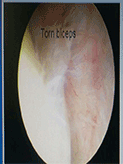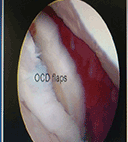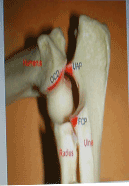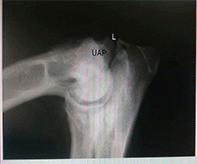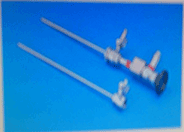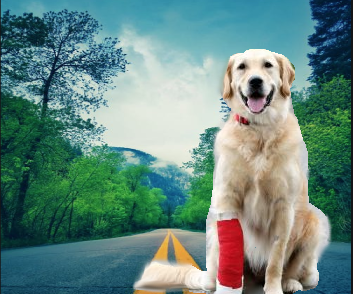Arthroscopy
Arthroscopy is a minimally invasive technique which permits a thoughtful and detailed inspection of all the major joints in dogs.
The considerable magnification of joint structures, alongside the mobility of the instruments within the joint space, permits accurate observation of intra-articular structures and their pathological changes.
Arthroscopy can reveal discrete or early articular lesions when radiography fails to demonstrate evidence of disease. There is little morbidity and minimal risk of complications.
The two greatest disadvantages of small animal arthroscopy are the cost and care of the equipment and the training and experience required for practical application. In summary arthroscopy results in less surgical morbidity, less post-operative pain and faster recovery compared with arthrotomy, and multiple joints can be treated on the same day.
The most common indications for arthroscopy in dogs are the diagnosis and treatment of a fractured coronoid process (FCP) and OCD of the elbow, treatment of shoulder OCD and diagnosis and treatment of shoulder joint instability, pre- and post-operative evaluation of cranial cruciate rupture, pre- and post-operative evaluation of the hip joint associated triple pelvic osteotomy, tarsal and stifle OCD, and exploration of any suspected painful joint.
